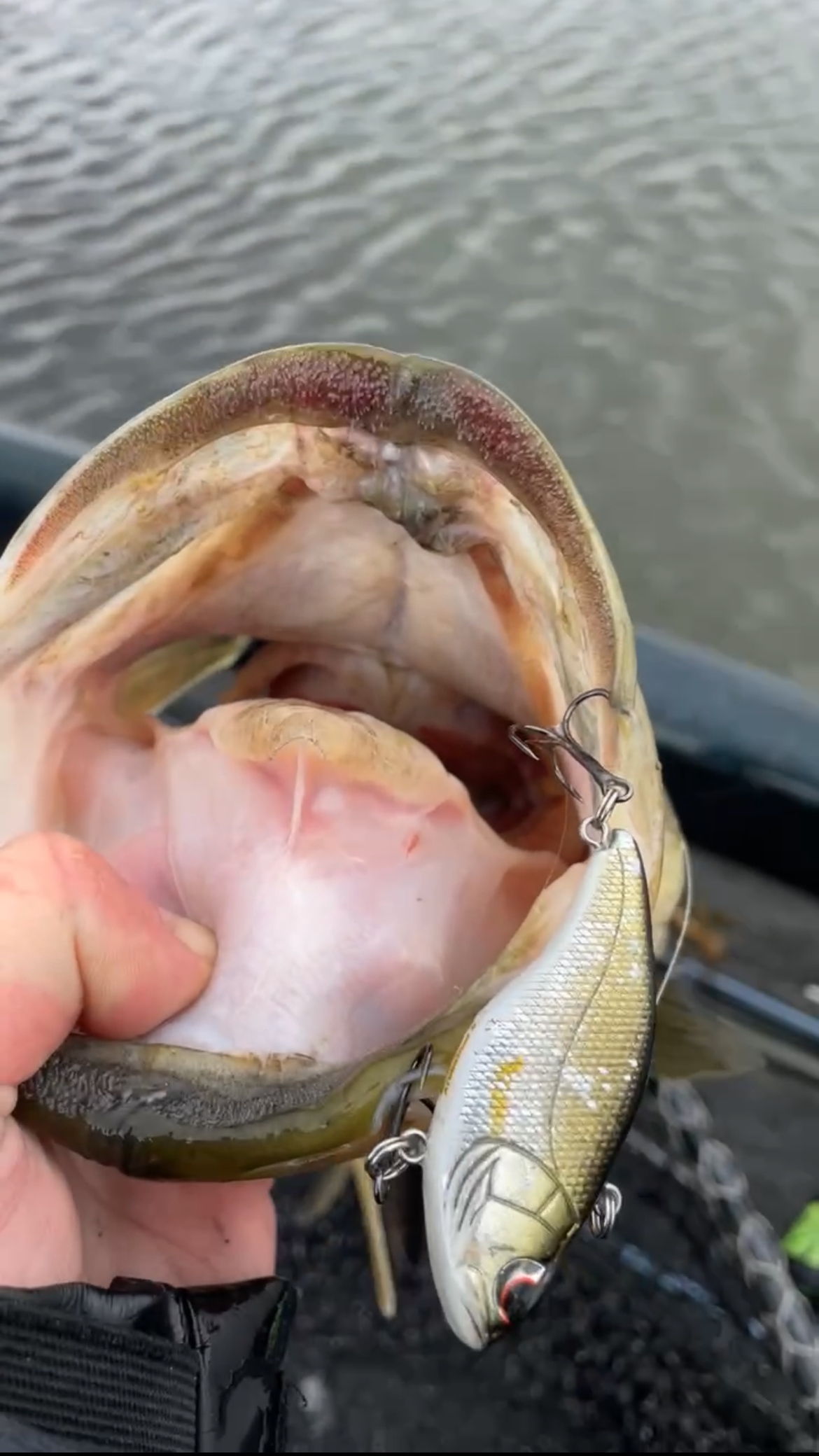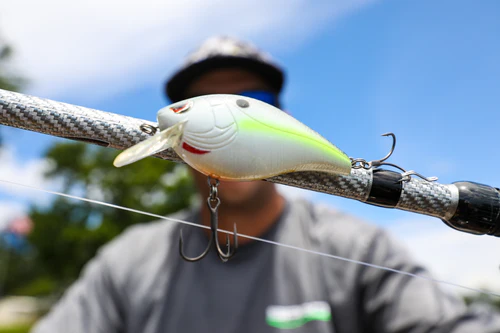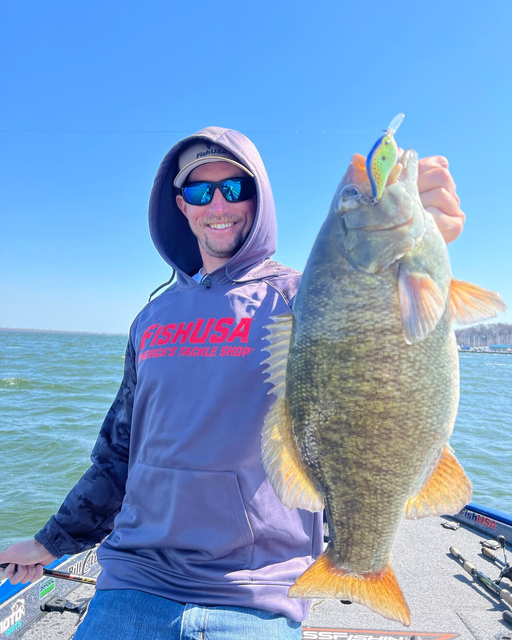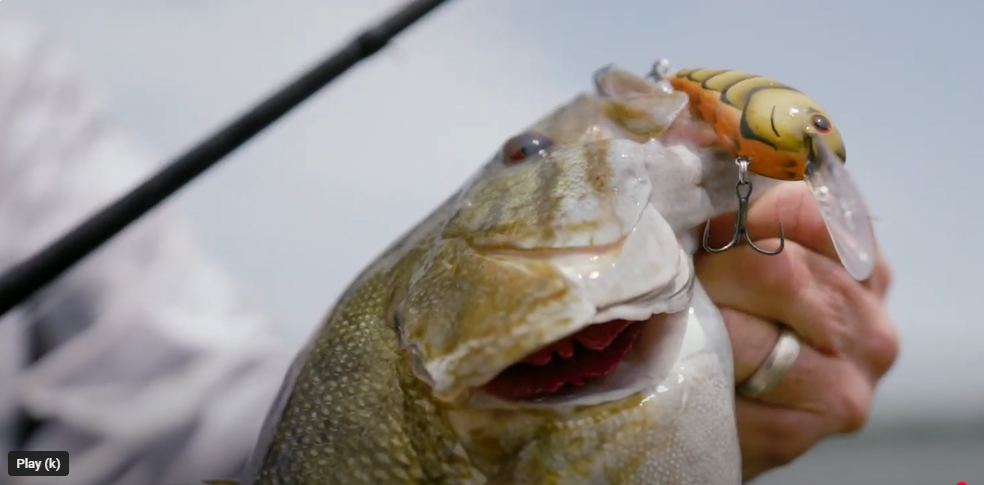How to Rig a Crankbait: Tips and Tricks for Every Angler

Table of Contents
Types of Crankbaits
Choosing the Right Line for a Crankbait
Best Knots for Rigging a Crankbait
How to Attach a Crankbait to Your Line
How to Rig a Crankbait for Maximum Performance



Tips for Fishing a Crankbait
Final Thoughts
Shop Fishing Tackle & Gear

